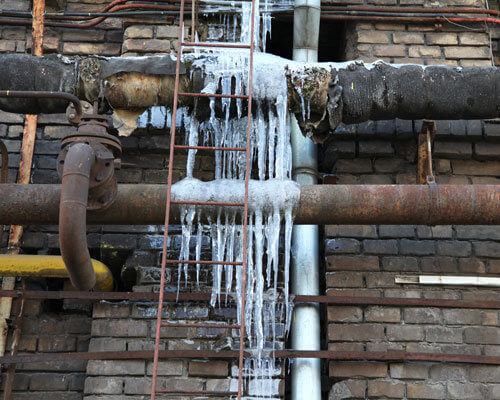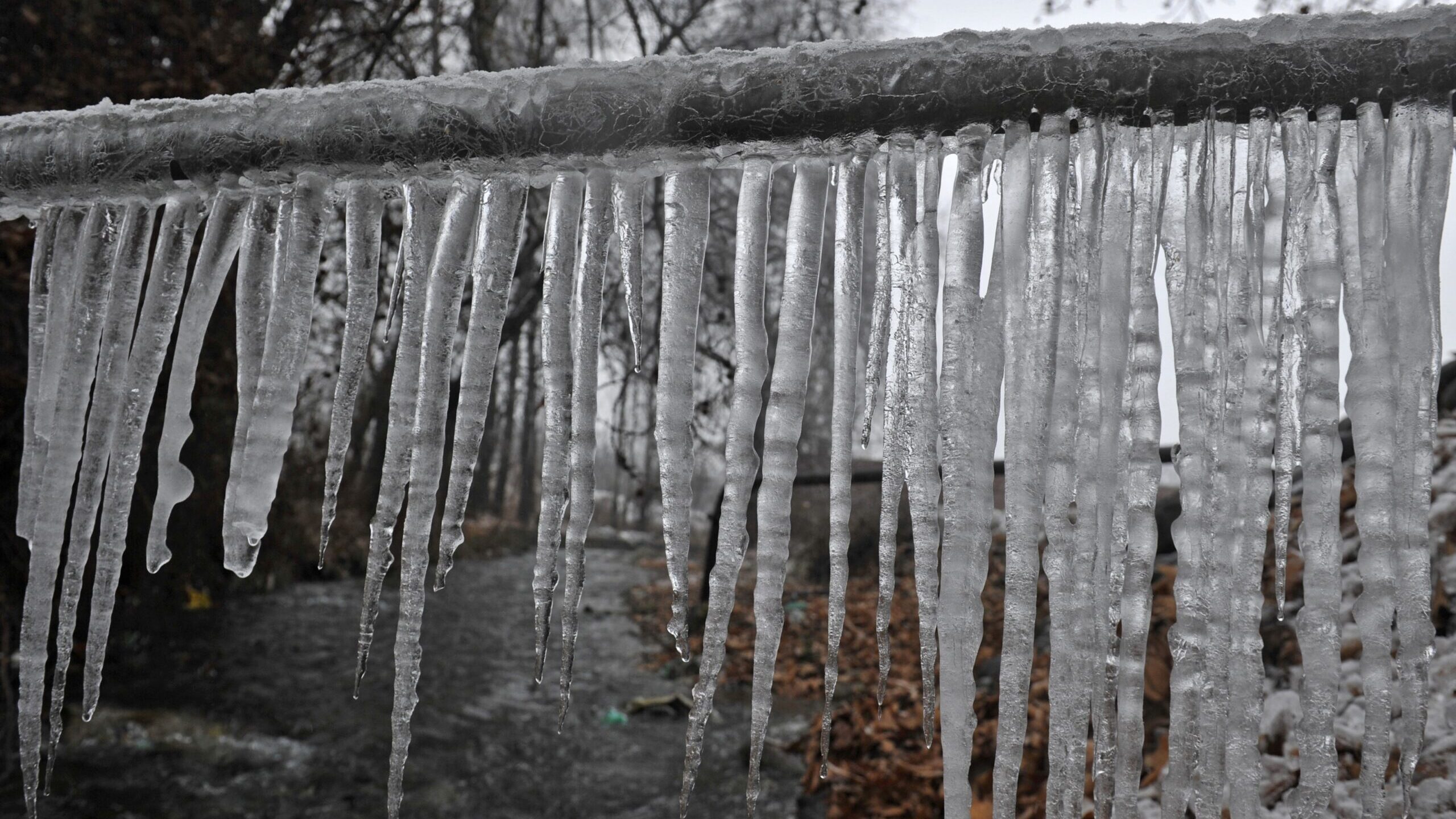Ways to Protect Your Plumbing from Freezing: Key Advice
Ways to Protect Your Plumbing from Freezing: Key Advice
Blog Article
The content down below pertaining to Helpful Tips to Prevent Frozen Pipes this Winter is immensely engaging. Don't miss out on it.

Winter can damage your pipes, particularly by freezing pipelines. Right here's how to prevent it from happening and what to do if it does.
Introduction
As temperature levels decline, the danger of icy pipelines increases, possibly resulting in costly repairs and water damage. Understanding how to stop icy pipes is crucial for home owners in chilly environments.
Avoidance Tips
Shielding vulnerable pipelines
Wrap pipes in insulation sleeves or use warmth tape to secure them from freezing temperatures. Concentrate on pipelines in unheated or exterior locations of the home.
Home heating strategies
Maintain interior areas appropriately warmed, specifically locations with plumbing. Open up closet doors to enable warm air to circulate around pipelines under sinks.
Exactly how to recognize frozen pipelines
Search for decreased water circulation from faucets, uncommon odors or sounds from pipes, and visible frost on exposed pipes.
Long-Term Solutions
Architectural adjustments
Think about rerouting pipes away from outside walls or unheated areas. Add additional insulation to attic rooms, cellars, and crawl spaces.
Updating insulation
Purchase high-grade insulation for pipelines, attics, and wall surfaces. Appropriate insulation helps keep constant temperatures and minimizes the risk of icy pipelines.
Securing Outdoor Pipes
Garden pipes and exterior taps
Disconnect and drain pipes yard pipes prior to winter. Install frost-proof spigots or cover outdoor taps with protected caps.
Understanding Icy Pipelines
What causes pipelines to freeze?
Pipes freeze when subjected to temperatures below 32 ° F (0 ° C) for expanded durations. As water inside the pipelines ices up, it increases, taxing the pipeline wall surfaces and possibly triggering them to rupture.
Threats and problems
Icy pipes can lead to water interruptions, residential or commercial property damage, and expensive fixings. Ruptured pipes can flooding homes and trigger considerable architectural damage.
Signs of Frozen Pipeline
Identifying icy pipes early can stop them from breaking.
What to Do If Your Pipelines Freeze
Immediate activities to take
If you believe frozen pipelines, keep taps available to relieve pressure as the ice thaws. Make use of a hairdryer or towels taken in hot water to thaw pipelines gradually.
Conclusion
Avoiding frozen pipelines calls for aggressive actions and quick reactions. By comprehending the reasons, indications, and safety nets, homeowners can secure their pipes during winter.
5 Ways to Prevent Frozen Pipes
Drain Outdoor Faucets and Disconnect Hoses
First, close the shut-off valve that controls the flow of water in the pipe to your outdoor faucet. Then, head outside to disconnect and drain your hose and open the outdoor faucet to allow the water to completely drain out of the line. Turn off the faucet when done. Finally, head back to the shut-off valve and drain the remaining water inside the pipe into a bucket or container. Additionally, if you have a home irrigation system, you should consider hiring an expert to clear the system of water each year.
Insulate Pipes
One of the best and most cost-effective methods for preventing frozen water pipes is to wrap your pipes with insulation. This is especially important for areas in your home that aren’t exposed to heat, such as an attic. We suggest using foam sleeves, which can typically be found at your local hardware store.
Keep Heat Running at 65
Your pipes are located inside your walls, and the temperature there is much colder than the rest of the house. To prevent your pipes from freezing, The Insurance Information Institute suggests that you keep your home heated to at least 65 degrees, even when traveling. You may want to invest in smart devices that can keep an eye on the temperature in your home while you’re away.
Leave Water Dripping
Moving water — even a small trickle — can prevent ice from forming inside your pipes. When freezing temps are imminent, start a drip of water from all faucets that serve exposed pipes. Leaving a few faucets running will also help relieve pressure inside the pipes and help prevent a rupture if the water inside freezes.
Open Cupboard Doors
Warm your kitchen and bathroom pipes by opening cupboards and vanities. You should also leave your interior doors ajar to help warm air circulate evenly throughout your home.

As an avid reader about How to Prevent Your Pipes From Freezing, I thought sharing that article was smart. Sharing is caring. Helping people is fun. I love reading our article about Helpful Tips to Prevent Frozen Pipes this Winter.
Visit My Web Page Report this page